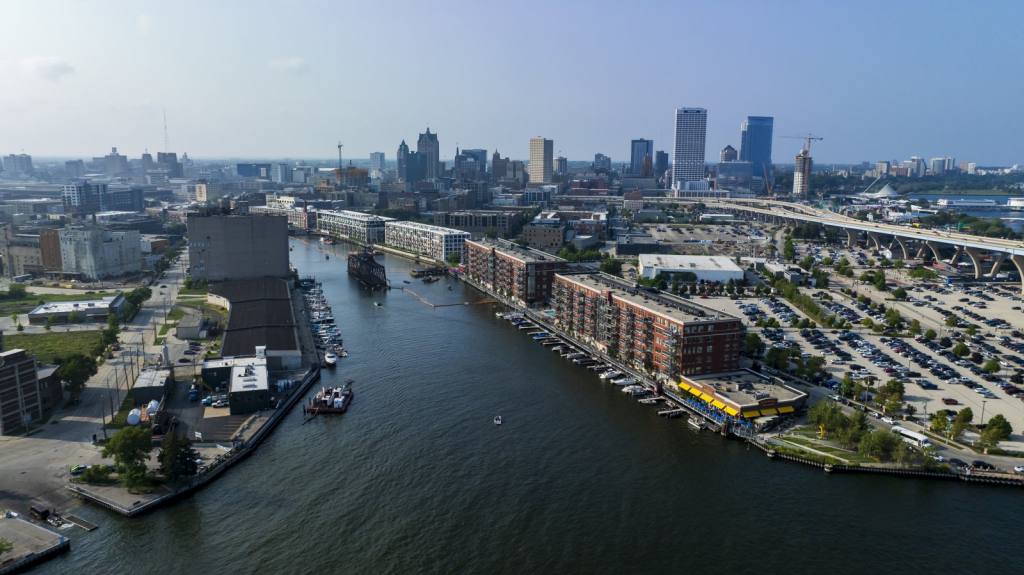The Importance of Public Engagement in Urban Environmental Sustainability

Urban environmental sustainability is a complex challenge that requires the active participation of various stakeholders, including governments, businesses, and the general public. While policies and technological advancements play crucial roles, the involvement of the community is equally vital for the success of sustainability initiatives. Public engagement fosters a sense of ownership, encourages responsible behavior, and ensures that sustainability efforts are inclusive and effective. By involving residents in the planning and implementation of environmental strategies, cities can create more resilient and sustainable urban environments.
Building Awareness and Education
Public engagement begins with raising awareness and educating residents about the importance of environmental sustainability. Many people are not fully aware of how their daily activities impact the environment or how they can contribute to sustainability efforts. Educational campaigns, workshops, and community events are effective ways to inform the public about environmental issues and the steps they can take to mitigate them.
For instance, cities can organize events that highlight the benefits of recycling, energy conservation, and sustainable T. Schools can also play a key role by incorporating environmental education into their curricula, helping to instill sustainable habits in young people from an early age. By building a strong foundation of knowledge, cities can empower residents to make informed decisions that support sustainability goals.
Encouraging Participation in Decision-Making
Public engagement goes beyond education; it also involves giving residents a voice in the decision-making process. When people are invited to participate in discussions about urban planning and environmental policies, they are more likely to support and contribute to the outcomes. This participatory approach ensures that the needs and concerns of the community are taken into account, leading to more effective and equitable sustainability strategies.

One way to encourage public participation is through community forums and town hall meetings where residents can share their ideas and feedback. Online platforms and social media also offer opportunities for broader engagement, allowing people to participate in discussions and decision-making processes from the comfort of their homes. By creating channels for open communication, cities can foster a sense of collaboration and shared responsibility among residents.
Promoting Sustainable Behaviors
For urban environmental sustainability to be successful, it is essential to promote behaviors that align with sustainability goals. Public engagement initiatives can encourage residents to adopt practices that reduce their environmental footprint, such as using public transportation, reducing waste, and conserving water and energy. Behavioral change campaigns, incentives, and social norms can all be leveraged to encourage sustainable habits.
For example, cities can introduce incentives for using public transit or biking, such as discounted fares or improved infrastructure. Social media campaigns that highlight community members who are leading by example can also inspire others to follow suit. When residents see the positive impact of their actions, they are more likely to continue and even expand their efforts. Additionally, creating opportunities for collective action, such as neighborhood clean-up events or tree-planting drives, can reinforce a sense of community and shared purpose in sustainability efforts.
Strengthening Community Resilience
Public engagement in sustainability efforts also plays a crucial role in building community resilience. As cities face increasing challenges from climate change, such as extreme weather events, urban populations must be prepared to adapt and respond effectively. Engaging the public in resilience planning helps ensure that communities are better equipped to handle these challenges and recover more quickly from disruptions.
Cities can involve residents in developing emergency preparedness plans, conducting climate risk assessments, and identifying vulnerable areas in their communities. Websites that offer resources and tools for disaster preparedness, such as Ready.gov, can be valuable in these efforts. By fostering a culture of preparedness and resilience, cities can reduce the impact of environmental hazards and protect the well-being of their residents.
Conclusion
Public engagement is a cornerstone of urban environmental sustainability. By building awareness, encouraging participation in decision-making, promoting sustainable behaviors, and strengthening community resilience, cities can create a more sustainable and resilient future. Engaging residents in sustainability efforts not only leads to more effective outcomes but also fosters a sense of community and shared responsibility. As cities continue to face environmental challenges, the active involvement of the public will be essential in achieving long-term sustainability goals.








